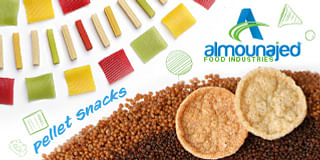Sponsored Content
Sponsored Content
Sponsored Content
Sponsored Content

juni 09, 2014
Univ. Florida Research: Late blight pathogen originates from Mexico

mei 28, 2014
New 'Focus on Potato' Webcasts Tackle Hairy Nightshade, Potato Tuber Moth

mei 21, 2014
Canadian and American potato growers benefit from new testing requirements for potato cyst nematode (PCN)

april 15, 2014
Alberta potato growers prepare for late blight

februari 17, 2014
Estimulan las defensas naturales de plantas con una sustancia semejante a la aspirina

januari 13, 2014
UAF scientist veers toward potato research when life brings a detour

januari 13, 2014
Bayer CropScience survey at Potato Expo digs up Potato Industry needs for 2014
In an effort to propel this upward trend into the New Year, Bayer CropScience launched its Potato Perspectives Survey during Potato Expo in San Antonio, Texas, Jan. 8-10, 2014.









































